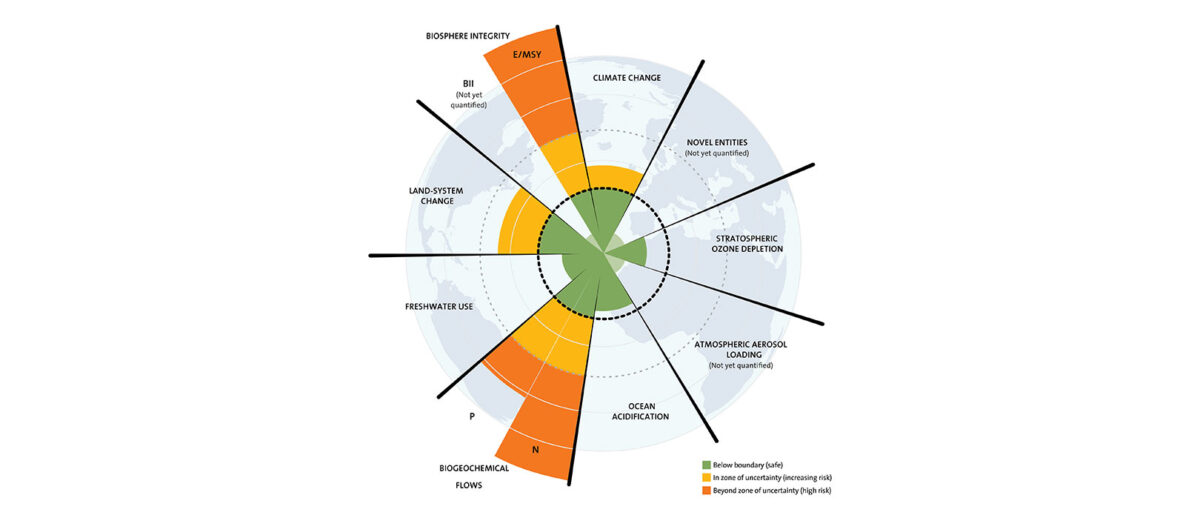The Environmental Equation: Quantifying Externalities for Sustainable Solutions

In the ever-escalating battle against environmental degradation, one often-overlooked factor takes center stage – externalities. This seemingly abstract concept is, in fact, the root of all environmental issues. By identifying and quantifying externalities, we can unlock the potential of free markets to address a multitude of environmental problems. Externalities play a pivotal role in environmental challenges, and harnessing the power of free markets could lead us to sustainable solutions.
Understanding Externalities
In the realm of environmental economics, externalities are often underestimated. These uninvited byproducts of economic activities have far-reaching consequences. Whether it’s the air we breathe or the water we drink, the environmental impacts of our actions often spill over to affect others. These costs are not factored into market prices, leading to overconsumption of resources and environmental deterioration. Without recognizing the significance of externalities, it’s challenging to address the environmental problems at their core.
The Hidden Costs
Externalities represent the concealed costs of our choices. When a factory releases pollutants into the atmosphere or a company overuses natural resources, the adverse effects ripple through society. These hidden costs encompass health issues and the long-term consequences of environmental degradation. These are expenses that neither businesses nor consumers directly bear, and thus, they go largely unaccounted for in the marketplace.
The Power of Quantification
Quantifying externalities enables us to assign a concrete value to environmental costs. For example, calculating the social cost of carbon emissions places a dollar figure on the damage caused by those emissions. For numerous industries, the externalities (Planet Price) are actually higher than the economic cost. In fact, many of today’s industries would not be profitable if they were to pay their “Planet Price tax”. Grain farming, for example, has a Planet Price of 222%… meaning for every $1M spent on grain farming, there is an additional hidden societal cost of $2.2M.
Such quantification informs businesses and consumers about the broader impacts of their decisions. It also serves as a foundation for policies like carbon pricing, where the price of emissions reflects their true societal cost.
Harnessing the Free Market
The concept of integrating externalities into the free market is about aligning economic interests with environmental objectives. By incorporating the true costs of actions, such as pollution or resource depletion, into pricing mechanisms, businesses have a financial incentive to innovate and adopt sustainable practices. This alignment between profitability and environmental responsibility is a potent driver of change, making the free market a tool for environmental conservation.
Addressing Every Major Environmental Problem
The scope of quantifying externalities is not confined to carbon emissions; it can be applied to a wide range of environmental issues and planetary boundaries. From deforestation to air and water pollution, externalities are integral to nearly every major environmental challenge. By consistently internalizing these costs, we would create a dynamic, adaptable system that encourages ecological responsibility across all sectors of the economy.
The Path Forward
The journey towards harnessing the potential of free markets and externalities for environmental solutions requires a multi-faceted approach. Governments play a crucial role in implementing policies that mandate external cost accounting and support initiatives like carbon pricing. Simultaneously, businesses and consumers must embrace sustainable practices and products, incentivized by the true costs of their choices (What’s the Planet Price of that T-shirt you’re wearing?). It’s through this collective effort that we can build a market-driven ecosystem where environmental stewardship is not only a moral obligation but also the most economically rational decision.
Externalities are at the core of all environmental issues, hiding the true costs of our actions. By identifying and quantifying these externalities, we can bridge the gap between economics and ecology, unlocking the power of free markets to address major environmental problems. The path to a sustainable future lies in calculating the real cost of our choices and incentivizing environmentally responsible practices. The key to protecting our planet could very well be found in creating a market-driven ecosystem where sustainability is the most economical choice for all.
Ready to Explore More of the power of the Planet Price Platform?
Request a demo or a Scope 3 Tread Lightly Assessment


